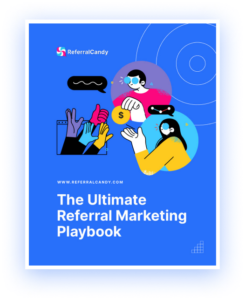If you run a small business, you’ve probably heard time and time again how important it is for your business to be on social media.
And there’s no getting around it: social media is where all the attention is these days.
If you want to be part of the conversation (and get some free exposure while you’re at it), that’s reason enough.
But by just understanding a few key concepts about digital media, you can make sure that your business isn’t leaving any money on the table.
That’s why today, we’re going to look at some of the most popular social media platforms and help you understand not only how they work in relation to your business, but how you can easily leverage them into increased traffic for your store.
Since Facebook isn’t going anywhere, it’s important that you and your small business understand how to make the most of it.
Before you start posting on Facebook, you need to start by establishing some goals for your Facebook Business Page.
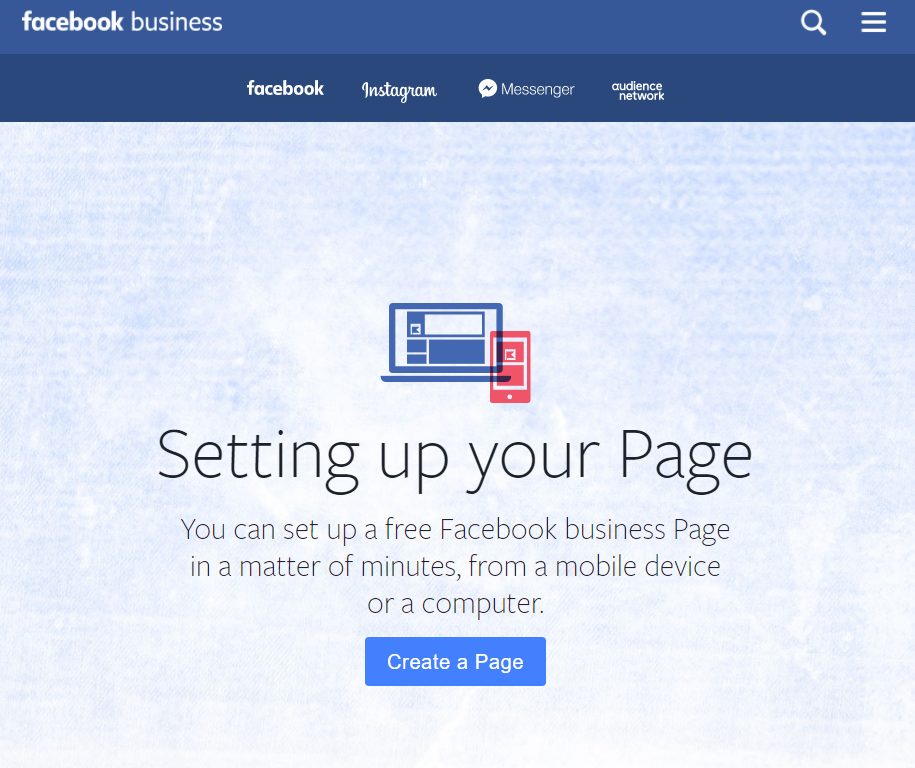
Make no mistake: creating social media goals is anything but optional. Without them, you’ll be unable to accurately measure your progress and course correct as needed.
When you’re creating goals, start by focusing on specific areas you’d like to improve (kinds of conversions you’d like, how big of an increase in your conversion rate you’d like to see, etc.).
From there, figure out a realistic timetable for accomplishing this goal. One month, three months…you get the idea.
Next, you’ll want to determine the right content strategy for Facebook.
This largely comes down to your particular brand voice and style. If your audience already responds to blog posts and you’ve experienced success with them, stick with what you know.
It’s worth pointing out that long-form posts on Facebook tend to do very well, so don’t think that just because it’s ‘social media’ you have to keep everything under 140 characters.
If you’re more interested in creating videos for your audience, have no fear. Visual content is commonly used by some of the biggest brands on Facebook like Nike, with massive success.
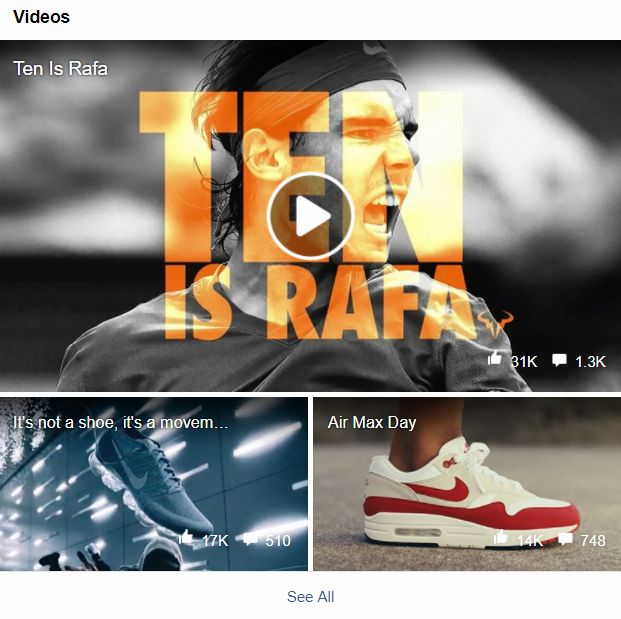
You can even mix and match, creating a multimedia Business Page like Gary Vaynerchuk did and appeal to everyone in your audience.
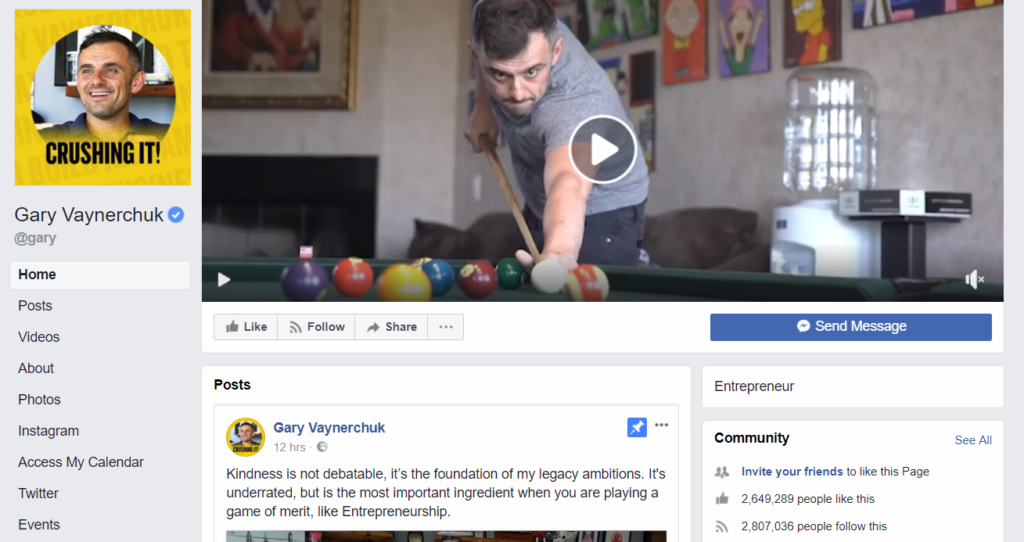
The idea is to post consistently, and use the data you collect over time to inform your decisions when it comes to future content.
Of course, your Business Page is just one of the tools in your digital media marketing arsenal. Facebook ads can give you access to 4,000 targeted views for every $1 spent, along with access to all the metrics associated with the ad campaign.
In other words, Facebook Ads a are fantastic paid marketing resource and you’d better be leveraging it if you’re on Facebook.
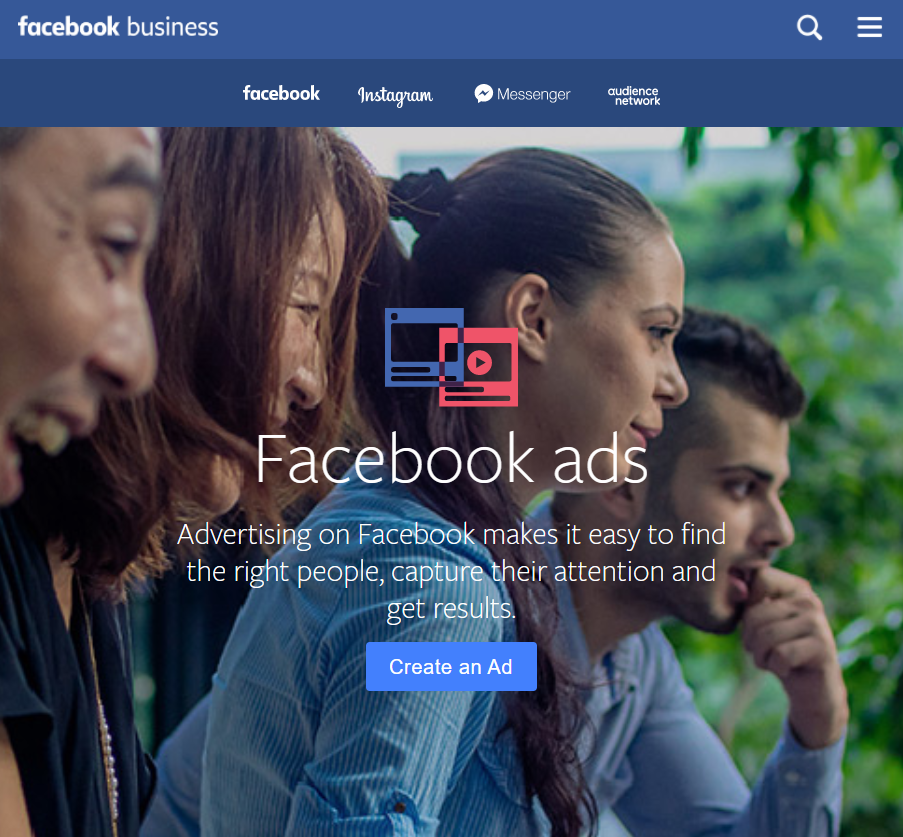 As if that wasn’t enough, you can’t underestimate the power of Facebook Groups. These groups function as discussion forums, but integrated within the Facebook framework.
As if that wasn’t enough, you can’t underestimate the power of Facebook Groups. These groups function as discussion forums, but integrated within the Facebook framework.
Aside from being completely free, they allow for some of the most effective community building that your small business can pull off.
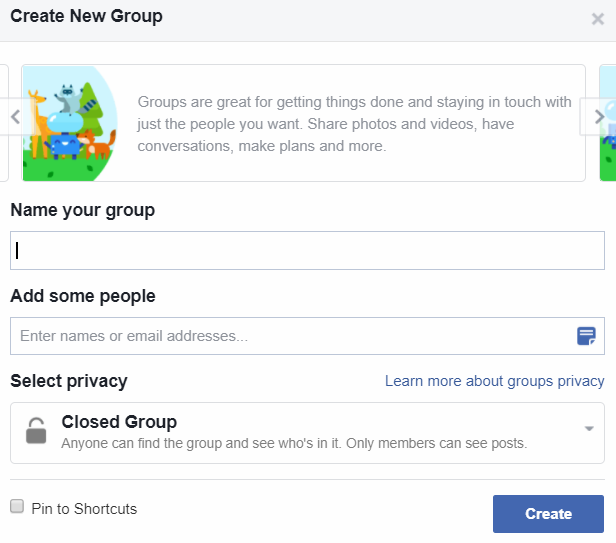
Facebook is even providing unique tools for local businesses with Facebook Local, to encourage shoppers to explore the high-quality small business all around them.
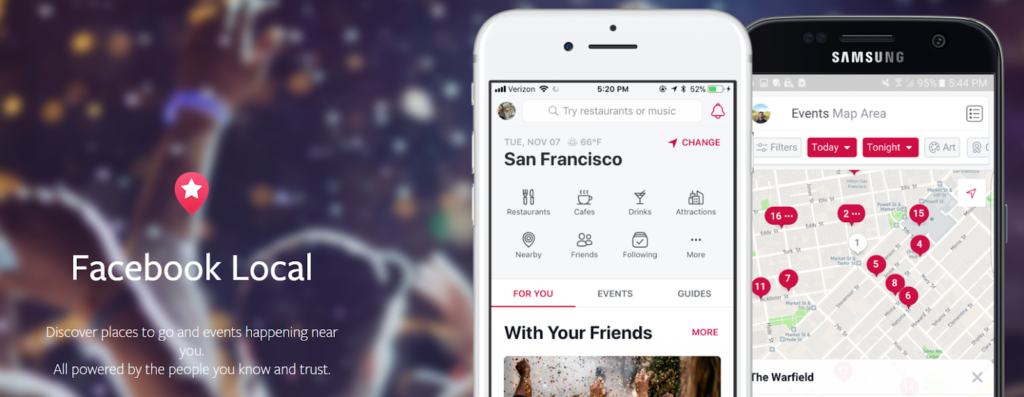
One of the most interesting aspects of Instagram is how unique it is in the social media space.
At its core, it’s geared toward helping brands like Airbnb share a very specific form of content: visual content.
Facebook and Twitter have elements of this, but they can still serve the needs of a small business trying to promote their brand pretty easily.
But Instagram is another story.
Most of the time, when small businesses are thinking about content, they tend to view it through the lens of blog posts, white papers and ebooks.
And those are all great, but limiting yourself to the status quo is an easy way to stunt your own marketing growth.
That’s where Instagram comes in.
Minute long videos and high-quality images are the order of the day here, which is great news if your small business has a production process that’s entertaining or educational to watch.
Not only does this make for great social media content, but it also gives your audience yet another reason to visit your physical store.
But what if your small business doesn’t have a very interesting production process?
Fortunately, there’s plenty you can still do on Instagram to create content for your audience.
Instagram Stories are going to be one of your most useful marketing tools here, with the ability to document the inner workings of your business.
Whether you’re capturing an event your business is attending, discussing breaking industry news with your audience or just taking entertaining pictures of life behind the office, Instagram Stories are a great way to connect with your audience.
Aside from having an authentic feel (due to the low production cost and subject matter associated with these), Instagram Stories also help you maintain brand visibility by showing up at the top of your followers’ news feeds.
As far as unique ways you’ll be able to interact with your audience, the Instagram Live Q&A is a personal favorite of ours (and Gary Vaynerchuk’s).
Aside from helping people on an individual level with your answers, you’ll also be able to give your followers a glimpse into what’s going on behind the scenes.
On top of all that, Instagram Insights will help you make more intelligent decisions about the kinds of content you should produce for your audience.
To the untrained eye, Twitter might seem like just another social media marketing platform.
But when you’re looking to make the most out of your digital marketing campaigns, it’s important to understand how different Twitter really is.
At its core, Twitter has always been about one thing: brevity.
From their initial use of the 140 character limit to their focus on breaking news, everything about Twitter has been geared towards meaningful but rapid interactions.
Consumers use Facebook to connect with their friends and family, while they use Twitter to stay updated, discover new people/brands and find interesting content.
Why does this matter? Well, let’s say that you’ve done your homework on your audience.
Not only have you paid attention to the content that’s produced success for your competitors in the industry, you’ve actually collected some data yourself on the kinds of marketing efforts that work.
If you’ve found that your audience enjoys long-form content over short-form, Twitter likely won’t be the best place to focus your marketing efforts.
That being said, if your audience responds to short-form content, you can have an absolute field day taking advantage of the infrastructure that Twitter has put in place.
Remember: before you can get people through the door, you need to show them why they should trust you.
Using it as a laser-focused marketing tool, with a focus on generating brand awareness and content visibility is the best way to take advantage of Twitter as a platform.
Like any major social media platform, Twitter requires an approach that’s both loyal to the fundamentals of social media marketing while respecting the unique nature of the specific platform.
Of course, all of this brings up the important question, “how on earth do I approach marketing on this platform?”
The first thing you need to recognize is the fact that Twitter is designed to naturally lead to discussion and engagement.
While Facebook marketing can sometimes feel like having a separate website with discussion elements built into it, Twitter functions in nearly the completely opposite way.
Facebook operates like a marketing ‘command center’ while Twitter functions more like a never-ending conversation between your business and consumers.
Twitter definitely has ‘command center’ elements built into it, but with features like the retweet, it’s clear that their focus is to draw less attention to your page and more attention to your presence on people’s Timelines.
As far as what you should actually do, our first and most practical piece of advice is to repost your content.
Seriously, hear us out.
We know that the modern consumer is hungry for fresh content, and there’s always a fear of seeming redundant if you repost content.
But you have to remember that Twitter and Facebook function very differently. Specifically in the way that users consume content.
If you post something on Facebook, there’s a good chance that most of your followers will see it that day, at some point.
With Twitter, there’s really no guarantee that every follower (or even a large portion of them) will see your post.
Why? Well, even if you’re posting at optimal Twitter times, the reality of Twitter is that timelines move quickly.
Within an hour, your post will probably be buried under a sea of current events updates and retweets from other brands.
If you want to stay relevant, or you just want to increase your impact on Twitter, experiment with different posting schedules, like Neil Patel suggests.
Consider starting with six tweets per day, made up of three unique tweets posted twice. Your posting schedule, every hour, should look something like this:
- Tweet #1
- Tweet #2
- Tweet #3
- Tweet #1
- Tweet #2
- Tweet #3
Not only will this maximize potential engagement for every piece of content you promote, it’ll also ensure that you maintain high brand awareness throughout your campaign.
Keep in mind that all of this is subject to change as you monitor your results using Twitter Analytics. Digital media marketing strategies are, by nature, constantly evolving as you collect more data.
Of course, that’s just the tip of the iceberg. Some other tactics you can implement include:
- Focusing on 1-to-1 interactions, including Direct Messages and retweets
- Creating multimedia content within Twitter (ex: video content)
- Work with social media influencers to promote your brand
- Take advantage of Twitter Ads, to reach thousands of people in a budget-friendly way
- Use Twitter’s advanced search tool to find actual people discussing your industry/industry pain points
All of these will not only ensure your success on Twitter, but will elevate your entire digital media marketing strategy in the process.
Conclusion
Of course, some of you more observant readers may have noticed that throughout this article, we’ve brought up the same themes over and over.
Content strategies, 1-to-1 interactions and a focus on data-driven decision making.
That’s not by accident. These are the building blocks of your social media marketing strategy, and no matter what platform you’re using, understanding these fundamentals will be the difference between a successful marketing campaign and a disappointing one.
Each of these three social media platforms function differently, and if we’re being honest, this is just a way for you to dive into social media marketing without being overwhelmed.
As far as the world of digital media marketing goes, there’s no shortage of tools you can use to drive conversions.
Use online reviews to leverage the power of digital word-of-mouth and increase both your online authority and the likelihood that consumers will trust your business.
Use CandyBar to provide your customers with digital loyalty cards that are easy to use and even easier for your business to set up.
But while social media marketing may be a component of digital media marketing, it operates by its own set of rules.
When it comes to marketing on social, your success or failure is going to come down to how well you’re able to leverage the latest social media platform.
That’s why these fundamentals are so important. Not just because they’ll help guide you today, but because they’ll keep you on track tomorrow.
Implement a content marketing strategy within your social media platforms that’s designed to make the most out of that platform’s strengths.
Put an emphasis on meaningful, 1-to-1 interactions to help develop brand loyalty and build a community of brand evangelists.
And above all else, track your progress at every stage of the marketing process and make sure that your next marketing campaign is designed from the ground up to surpass your last one.


